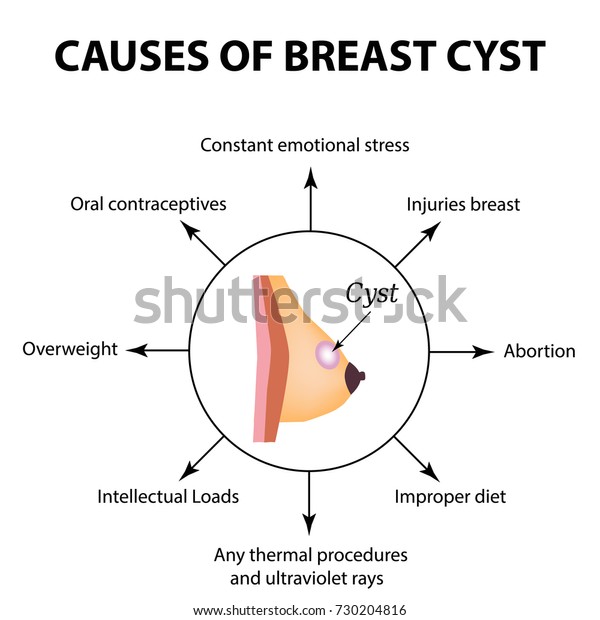What Causes Cyst Under Breast
Breast cancer is a worldwide concern that affects millions of women and men. In honor of World Breast Cancer Day, let's talk about one of the most common breast issues that women face - cysts. Cysts in the mammary gland are fluid-filled sacs that usually appear on a mammogram or ultrasound. They can often be felt as a lump in the breast. In this article, we'll explore the causes, symptoms, and treatments of breast cysts in detail.
Causes of Breast Cysts

Breast cysts can be caused by various factors, including hormonal changes in the body. Hormonal fluctuations during the menstrual cycle can result in the development of cysts. This is why many women experience cyclic breast pain or tenderness during their menstrual cycle. Hormonal changes during menopause can also lead to the formation of cysts.
Other factors that can cause breast cysts include injury to the breast, previous breast surgery, and the use of hormone therapy or birth control pills. While breast cysts can be a result of some underlying medical conditions, most cysts are benign and do not require urgent medical attention.
Symptoms of Breast Cysts

Breast cysts can present themselves as a lump or swelling in the breast. The lump can feel hard or soft and can change in size or shape during the menstrual cycle. A breast cyst may also be tender to the touch or cause breast pain. Sometimes, breast cysts can cause nipple discharge, especially if the cyst has become infected or inflamed.
Treatments for Breast Cysts
Most breast cysts are benign and do not require any treatment. However, if the cyst is causing discomfort, your doctor may suggest draining the fluid from the cyst using a fine needle. This procedure is called aspiration, and it can provide immediate relief of the symptoms. In some cases, a doctor may recommend a biopsy to confirm the cyst is benign.
If the cyst is large or solid, your doctor may recommend a mammogram or ultrasound to rule out any suspicious growths. In rare cases, a large cyst may need to be surgically removed.
Preventing Breast Cysts
While there is no surefire way to prevent breast cysts, there are some lifestyle changes women can make to reduce their risk. These include maintaining a healthy weight, getting regular exercise, and limiting alcohol consumption. Women who are on hormone therapy or birth control pills should consult with their doctor to discuss the risks and benefits of these treatments.
In conclusion, breast cysts are a common condition that affects many women. While they are usually benign and do not require urgent medical attention, it is important to keep track of any changes in your breast tissue and report any concerns to your doctor. By staying informed and taking proactive steps to maintain breast health, women can reduce their risk of developing breast cysts and other breast-related issues.